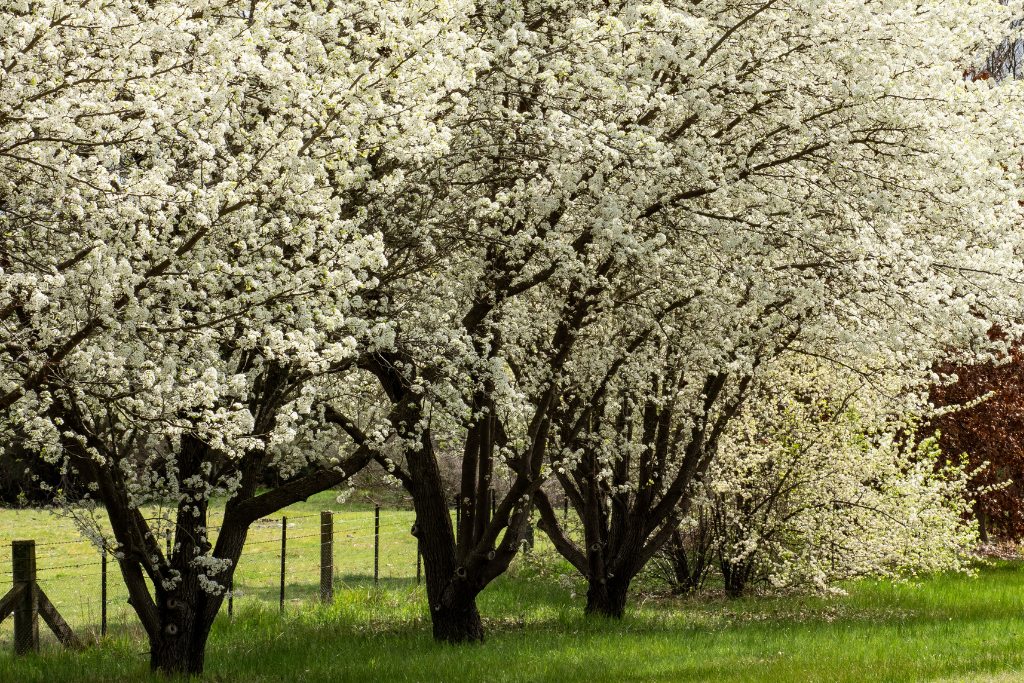Blog
Do Your Trees Need Special Support?
Many varieties of trees have a full appearance, with extended, horizontal limbs, creating shade and a beautiful aesthetic. In many areas of Missouri, maples, all varieties of dogwoods, and elms are among such species.
These varieties of trees are pleasing to the eye and an asset to any home’s landscaping – especially the species that flower.
But they do have one downside, and it’s not one to be ignored: they tend to split or lose large limbs, often as a result of heavy winds.
In many cases, these trees will split at the trunk, which can ultimately kill the tree. When a large tree splits in a windstorm, it can severely damage buildings, homes, and vehicles.
Spotting potential problems is key
While these spreading trees may not stand up well to heavy winds, foresight, and prevention can go a long way toward keeping them healthy and safe.
It all comes down to recognizing potential problems with a tree’s structure and its branches. For example, trees with comparatively thick trunks that diverge several feet above the ground, or those that have two joined trunks, may be more prone to splitting than those with single trunks. In addition, trees that have a wide, expansive branch structure may also be more likely to be damaged when stressed, as those branches can have more leverage with which to pressure the tree’s central structure.
While some trees may obviously be candidates for splitting or heavy limb failure, identifying such trees often requires a trained eye and experience. Having a certified arborist assess your trees can be a smart choice.
Preventive steps can stop structural failure in trees
Once a potential problem with a tree’s structure is identified, several steps can be taken to prevent it from being damaged or lost.
In some cases, pruning a tree will be sufficient to keep its structure and balance sound. Knowing what to prune and how to safely complete the pruning isn’t always obvious, so again, a certified arborist assesses the tree and develops a strategy to keep the tree’s structure strong enough to handle winds.
In other cases, trees may need additional support in the form of dynamic tree cabling and limb support to protect their structural integrity. This involves using steel or ropelike cables to join limbs, preventing weaker limbs from failing and/or a trunk or trunks from splitting. Other forms of bracing may be installed on low-hanging limbs, for example, reducing the weight borne by the tree.
Smart steps can save a beloved tree
Understanding what is often the complex structure of a tree isn’t easy. This involves understanding not only a tree’s structure and stress points but also the density and strength of the tree itself. After all, trees are living, and wooden structures and different woods have different strengths and material properties. A hardwood tree like an oak has different strengths than does for example, a Douglas fir or a cherry tree.
An experienced, certified arborist has the training needed to properly assess a tree, its structure, root system, and its environment. Then develop an effective strategy involving some or all of the strategies above to not only save the tree from damage or destruction but also to ensure it will thrive for years to come.
Contact us today for an assessment of your trees!
